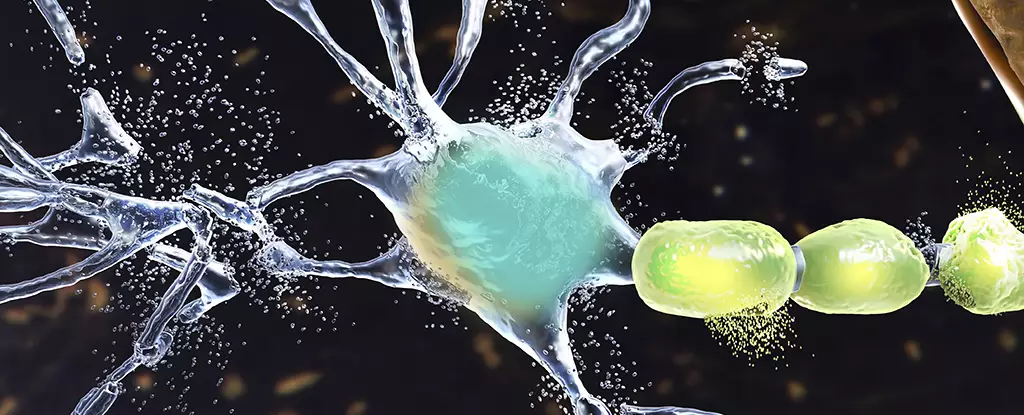Amyotrophic lateral sclerosis (ALS), also known as Lou Gehrig’s disease, remains a challenging condition for scientists to understand. The lack of effective treatment options and the rapid progression of the disease make it a terminal diagnosis. However, a recent study has shed some light on a potential link between ALS and the accumulation of ‘junk’ or non-functional proteins in cells.
Researchers at the Spanish National Cancer Research Center (CNIO) have made significant strides in uncovering the connection between junk proteins and cellular damage in ALS. Through tests on cell cultures and mouse cells, the team found that patients with ALS show links between proteins rich in a specific amino acid and stress in a cellular organelle called a nucleolus. This stress leads to toxicity in animal cells and accelerates aging in mammals, providing valuable insights into the mechanisms underlying ALS progression.
One key finding from the study is the disruption in the cell’s ability to manufacture essential proteins due to the abundance of toxic peptides rich in arginine, a specific amino acid. This breakdown in protein production leads to the accumulation of junk proteins, which ultimately impairs cellular functions and can result in the death of motor neurons. The research highlights the crucial role of ribosomes, the biological machines responsible for protein synthesis, in the development of ALS and other related diseases known as ribosomopathies.
While the study is still in its early stages, the findings offer promising avenues for future research and therapeutic interventions for ALS. By targeting nucleolar stress and the accumulation of junk proteins, researchers may be able to address the root causes of ALS and develop new treatment strategies. Additionally, the discovery that nucleolar stress accelerates biological aging suggests potential applications beyond ALS treatment, paving the way for further exploration of anti-aging therapies based on these findings.
As molecular biologist Óscar Fernández-Capetillo of CNIO notes, this research represents just the beginning of a potential breakthrough in understanding and treating ALS. By unraveling the complex interplay between junk proteins, cellular damage, and aging processes, scientists are paving the way for innovative approaches to combating ALS and related neurodegenerative diseases. While there is still much work to be done, the insights gained from this study hold great promise for the future of ALS research and treatment.


Leave a Reply